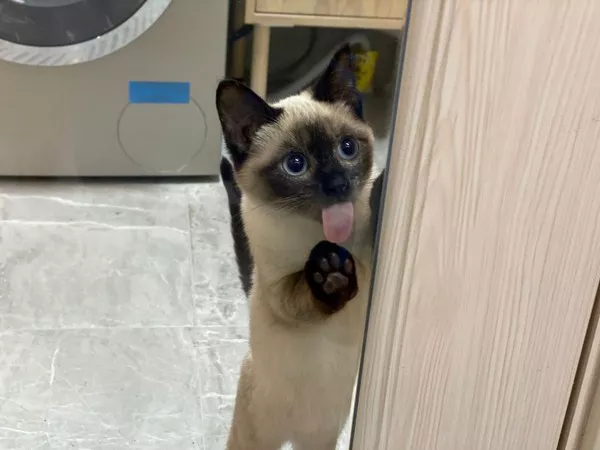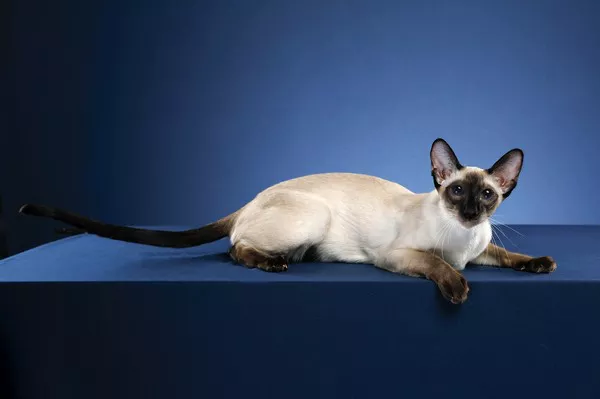Have you ever gazed at the night sky and imagined seeing cats amongst the stars? It might sound whimsical, but the cosmos offers a range of celestial cats, provided you know where to look.
Throughout the history of space exploration, humans have sent various animals into space to test the viability of crewed missions. While literal animals in space have been well-documented, there are also numerous celestial references to animals in astronomy, such as nebulae that bear a striking resemblance to creatures from Earth.
One such animal-themed constellation is Leo, one of the most iconic cosmic cats. Our connection with domesticated cats is deeply rooted in history, from the days of Egyptian Queen Cleopatra to modern space exploration with telescopes.
Here, we present 7 notable cosmic cats that grace the night sky:
1. Leo – The Lion
Leo, the lion, is perhaps the most famous cosmic cat. This zodiacal constellation is best viewed in the spring months of March through May in the Northern Hemisphere. It includes the prominent Sickle asterism and a multitude of galaxies, including the renowned Leo Triplet.
2. Leo Minor – The Lesser Lion
Discovered during the Galaxy Zoo project in 2007, Leo Minor is a ‘quasar ionization echo,’ a celestial phenomenon that bears the name of a lion.
3. Cat’s Paw Nebula
The Cat’s Paw Nebula, also known as NGC 6334, is a stellar nursery located 5,500 light-years away. This cosmic cloud of gas and dust serves as the birthplace of stars, earning its name due to its distinctive three well-defined sections, resembling a feline footprint. It resides within the Scorpius constellation.
4. Lynx – The Lynx
Lynx, a constellation introduced in the 17th century by Johannes Hevelius, forms a zig-zag pattern between Ursa Major and Auriga. Its faint appearance led to its association with the keen eyesight of a lynx, and it harbors stars known to host exoplanets.
5. Cat’s Eye Nebula – The Cat’s Eye
The Cat’s Eye Nebula, also known as NGC 6543, is a planetary nebula, displaying a round, puffed-out appearance. Planetary nebulae are formed when dying stars release their layers into space. The central ‘eye’ of this nebula contains a dying Wolf Rayet star, while surrounding rings of cosmic dust complete the striking visual. It is situated 3,000 light-years away in the Draco constellation.
6. Cheshire Cat Galaxies – The Grinning Galaxy Cluster
The Cheshire Cat Galaxies are a cluster of galaxies that appear distorted due to gravitational lensing. Collectively, they create the illusion of a smirking feline, with their light being altered by the gravitational pull of foreground galaxies. This phenomenon was first proposed by Albert Einstein and is known as an Einstein Ring.
7. Felis – The Cat That Vanished
Our list concludes with Felis, a cosmic cat that no longer graces the night sky. Created in 1799 by French astronomer Jérôme Lalande, Felis was situated between the constellations of Antlia and Hydra. However, it has since been absorbed by neighboring constellations and is no longer visible in the night sky.
The night sky’s rich tapestry offers a whimsical connection to our feline friends, from the majestic Leo to the enigmatic Felis, serving as a reminder of our enduring fascination with the cosmos and its countless wonders.

























